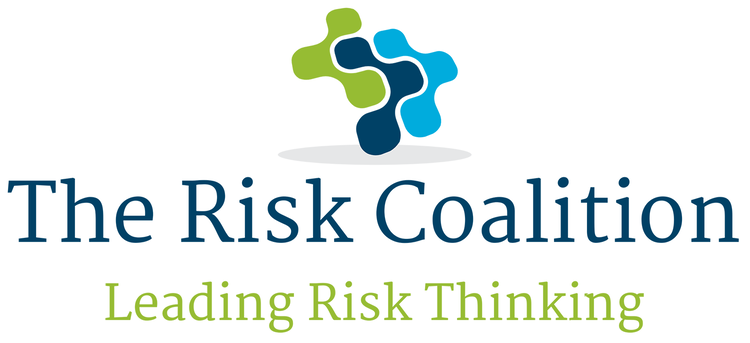The collapse of SVB and Credit Suisse has resulted in a lot of questions about banking regulation and risk management on both sides of the Atlantic. Have we seen the first victims of a new banking crisis or just witnessed an inevitable failure of vulnerable businesses in a toughening market? Either way risk oversight by the board in each case was left wanting, so how could it be improved and what can risk committee learn from banking failures?
Firstly, it appears that foresight was missing: risk was seen in terms of compliance with reporting rules rather than a series of alternative outcomes in an unknowable future. It seems that many banks had rather too much security in Held-to-Maturity (HTM) treasury bonds which actually decline in value with interest rate rises. These are inflexible assets that cannot readily be converted to cover a spike in demand for liquidity. Why did so few bankers fail to see that after 10 years of QE a rise in interest rates would be inevitable?
Foresight is an essential part of risk appreciation but appears to have been in short supply in many boardrooms. Bankers expert in mathematical modelling and probability analysis can only work with the data they have and that is inevitably historical. As King and Kay pointed out in Radical Uncertainty, the key is knowing how to distinguish between puzzles which can be solved and mysteries which can’t. The future is always a mystery and there is no certainty in risk management because it deals with estimated future outcomes not historical facts.
It has been said by many within banking that HTM security risk is never hedged because the cost is too high and it would defeat the object of holding HTM bonds. This is where investment banking strays into gambling is it not? Surely the role of the risk committee is to question how else the risk might be hedged rather than just hunker down and hope things improve. The risk committee should be looking at how to mitigate risk that bankers believe cannot be hedged. This is why the SVB board ended up selling their own stock once they could not prevent the bank falling into insolvency.
Any competent risk committee should be aware of the textbook ‘Managing the Unexpected’ which identified five key attributes of a high reliable organisation (HRO). In essence, you build in resilience to your business model so that risk anticipation is integral not peripheral. The collapse of SVB and Credit Suisse remind us that banks rely heavily on customer trust and confidence in the system. It follows that once confidence erodes then fear of loss becomes contagious and a bank run is hard to stop. The risk committee has a role to play in reassurance to protect customer confidence. For example, the latest US interest rate rise yesterday, by another quarter percent taking it to 4.75%, adds further pressure on the value of bond securities and forces risk committees in the financial services sector to think hard about mitigation.
The post mortem on both SVB and Credit Suisse will reveal red flags that were missed by regulators and investors so the future will see improvements in signalling, but the most important learning point concerns the role of the risk committee: it is not the frequency of meetings that matter but how effective its decisions are in adjusting risk appetite when marketplace environment changes.
Garry Honey is an advisor to boards on risk identification gwh@chiron-risk.com

